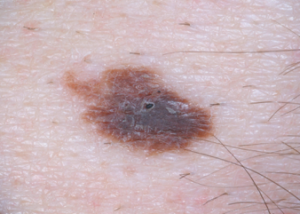
Why is the pencil eraser size so emphasized when many melanomas are so much smaller?
Nearly every pamphlet on melanoma, and also just about every quoted dermatologist for a magazine or online article about melanoma, will state that one of the signs to watch for with this skin cancer is that of the “pencil eraser” sized mole.
But just what does this mean? Because many normal moles—moles since childhood—are the size of a pencil eraser.
My nephew has a back full of moles the size of a pencil eraser.
Are normal moles that are the size of a pencil eraser simply more likely to develop into melanoma when compared to moles that are only one millimeter?
“This [reference to pencil eraser] comes from data looking back at risk factors of melanoma,” says Dr. Jennifer Gordon, who is board certified by the American Board of Dermatology; she practices at Westlake Dermatology located in Austin, Texas.
“The most common risk factors that are discussed are the ABCDEs of melanoma:
1 Asymmetry
A jagged or notably uneven edges and/or an overall odd shape.
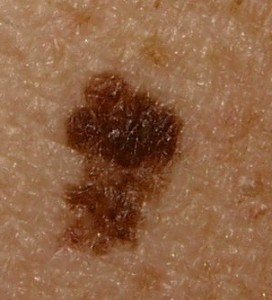
Or, if the mole is bisected, one side is clearly not equal to the other, but keep in mind that moles, especially larger ones, are rarely perfect circles, and an oblong mole can still be symmetrical).
2 Border that’s irregular.
Again, few moles are perfect circles as though drawn with a compass.
But sometimes, a border is noticeably erratic.
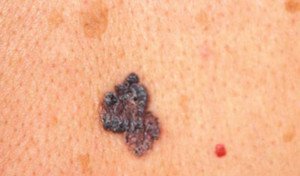
3 Colors: multiple
It’s common for a normal mole to contain two or three shades of brown, especially larger moles.
But be VERY leery of new color configurations or a newly appearing odd color like maroon, reddish brown, red, purple, grey or black.
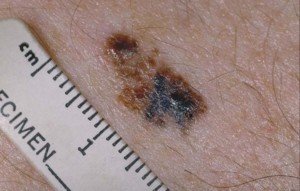
4 Diameter
This is larger than a pencil eraser.
5 Evolving
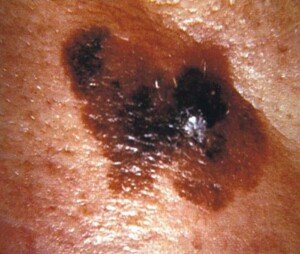
CDC, Carl Washington, MD, Emory Univ. School of Medicine, Mona Saraiya, MD, MPH
“These are some of the most common features of melanoma based on numbers,” says Dr. Gordon.
“However, some melanomas have none of these features, and all melanomas start smaller than a pencil eraser, so if you notice a new spot that seems to be changing or doesn’t look like any of your other moles, then get it checked!”




